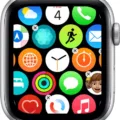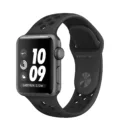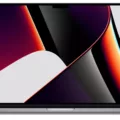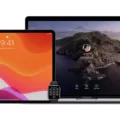The Apple Watch is a powerful wearable device that helps you stay connected, track your fitness goals, and even make payments. For most people, the Apple Watch with cellular is likely the right choice. However, there is also an option to get the Apple Watch without cellular. This non-cellular version still offers many of the same features as its cellular counterpart, but it does have some limitations.
Firstly, the non-cellular Apple Watch has limited connectivity options. It relies on Bluetooth when in range of your iPhone and will switch to Wi-Fi when out of range or if Bluetooth isn’t available. This means that it won’t be able to access certain features such as making phone calls or sending messages without an internet connection. Additionally, it won’t be able to take advantage of certain location-based features such as turn-by-turn navigation or receiving notifications about nearby events.
The non-cellular Apple Watch also lacks some of the more advanced features found on its cellular counterpart such as making mobile payments with Apple Pay or streaming music from services like Apple Music or Spotify. It also won’t be able to provide real-time updates on your fitness activities unless connected to Wi-Fi or Bluetooth.
Despite these limitations, the non-cellular version of the Apple Watch still provides many great features and can be beneficial for those looking for a more affordable alternative to its cellular counterpart while still taking advantage of many of its best features. It offers access to all of your notifications and messages from your iPhone and can track your fitness activities through apps like Workout and Activity Rings when paired with a compatible device.
while there are some disadvantages associated with purchasing a non-cellular version of the Apple Watch compared to its cellular counterpart, it can still be beneficial for those who are looking for an affordable alternative while also taking advantage of many great features offered by this powerful wearable device.
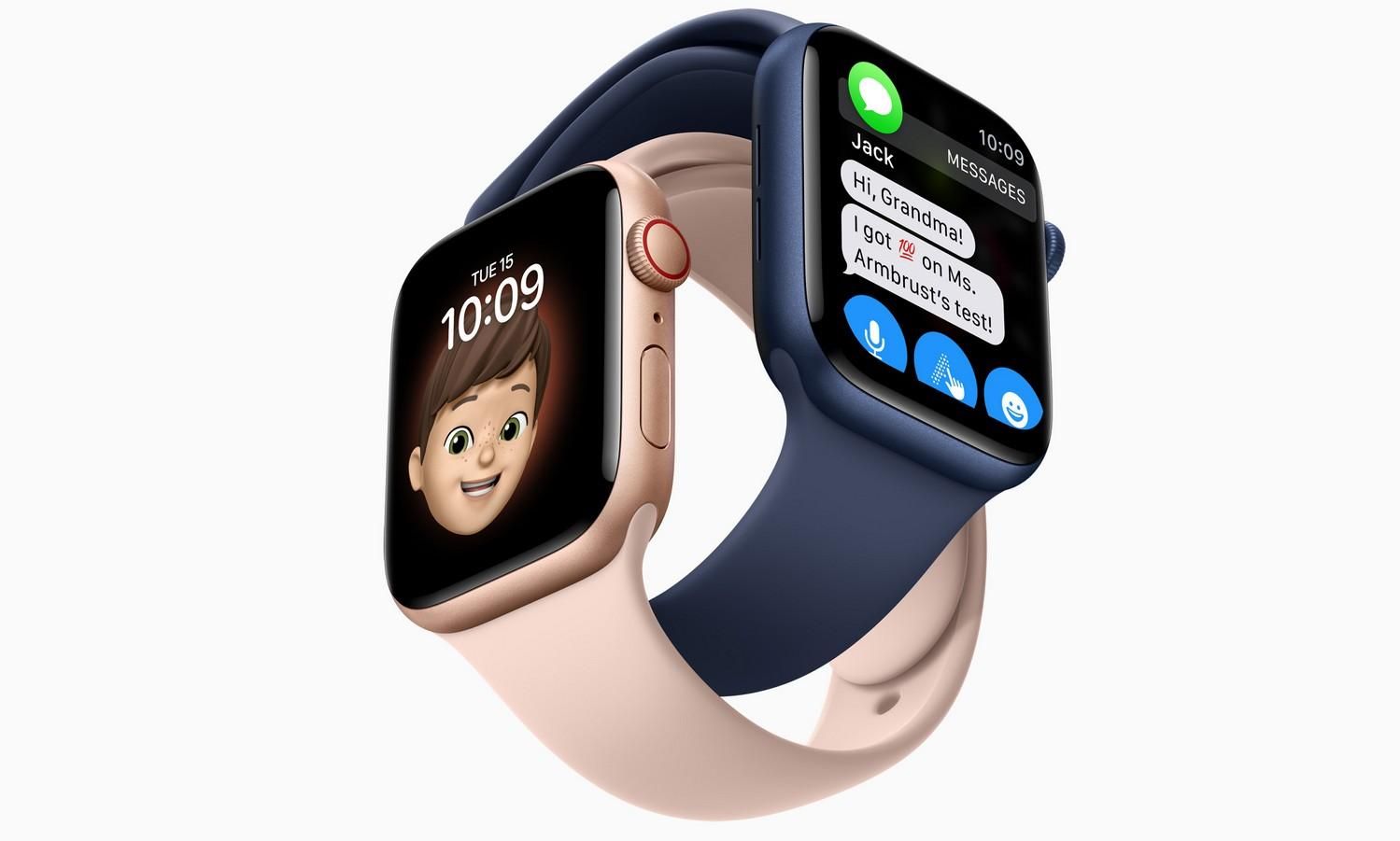
The Functionality of Non-Cellular Apple Watches
Non-cellular Apple Watch has the same features as the cellular Apple Watch but without the ability to connect to a cellular network. Instead, it relies on Bluetooth and Wi-Fi to connect to your iPhone. When your iPhone is nearby, it will connect to your iPhone via Bluetooth, which conserves power. If Bluetooth isn’t available, your Apple Watch will try to use Wi-Fi. For example, if compatible Wi-Fi is available and your iPhone isn’t in Bluetooth range, your Apple Watch uses Wi-Fi. This connection allows you to make and receive calls, send text messages, and access other apps that require an internet connection.
The Benefits of an Apple Watch with Cellular vs. Without Cellular
The decision of whether to get an Apple Watch with cellular or not depends on what you’re looking for from your Apple Watch. If you’d like the freedom to be able to leave your iPhone at home and still use your Apple Watch, then the version with cellular is likely the right choice for you. It adds a bit more to the cost, but it unlocks features that make the Apple Watch truly independent. However, if you’re only looking to use your Apple Watch as an extension of your iPhone, then the non-cellular version should suffice. Keep in mind that if you choose to buy the cellular version, you don’t need to activate it immediately –– it’s always an option down the line if needed.
Can Apple Watch Make Calls Without Cellular Service?
No, the non-cellular version of the Apple Watch cannot make calls. The only way to make and receive calls on an Apple Watch is with a cellular connection. However, if you have a cellular version of the Apple Watch and your cellular carrier offers Wi-Fi calling, you can use your Apple Watch to make and receive calls over Wi-Fi instead of the cellular network—even when your paired iPhone isn’t with you or is turned off. Your Apple Watch just has to be within range of a Wi-Fi network that your iPhone has connected to in the past.
Can You Text on a Non-Cellular Apple Watch?
Yes, you can still text on a non-cellular Apple Watch, as long as it is connected to Wi-Fi. You can send and receive messages using iMessage or other third-party messaging apps like WhatsApp, Facebook Messenger, and Line. To send a message, open the Messages app and choose the recipient, then type your message and tap Send. You can also dictate messages using Siri.
Difference Between Apple Watch With Cellular and Without Cellular
The main difference between an Apple Watch with cellular and one without is that the cellular version has its own dedicated cellular connection, allowing you to make and receive calls, check emails, access the internet, and access apps even when your iPhone is not present. The GPS-only version must be connected to your iPhone in order to access these features. Additionally, the cellular version can be used for Apple Pay transactions without needing your iPhone.
Using an Apple Watch Without a Cellular Plan
With an Apple Watch that doesn’t have a cellular plan, you can still do quite a bit. You can track your fitness and health metrics with the built-in activity, exercise, and heart rate tracking features. You can also keep up with notifications from your iPhone when it’s nearby. You can also use the watch to make payments through Apple Pay, control your HomeKit devices, and access Apple Music if you’re subscribed to the service. Additionally, you can get apps from the App Store and stream music, podcasts, and audiobooks to your watch. Finally, you can use features like Walkie-Talkie and send messages through iMessage.
Conclusion
In conclusion, the Apple Watch is an incredibly useful device that can make life easier. With both Bluetooth and Wi-Fi connectivity, it can remain connected even when your iPhone is out of range or turned off. It also has cellular capabilities, allowing you to make calls and send messages even without an iPhone. Whether you choose to use it with cellular or Wi-Fi, the Apple Watch can keep you connected and make your life more convenient.

